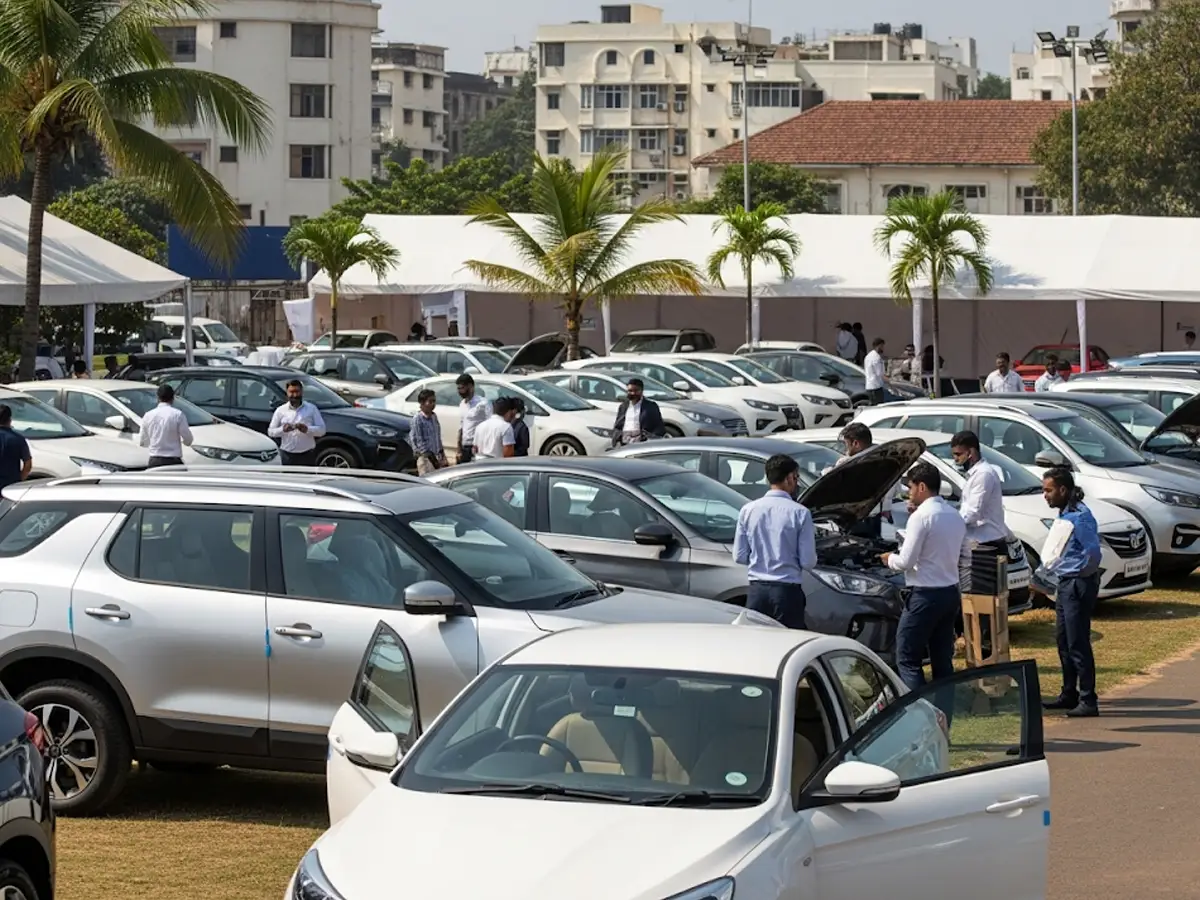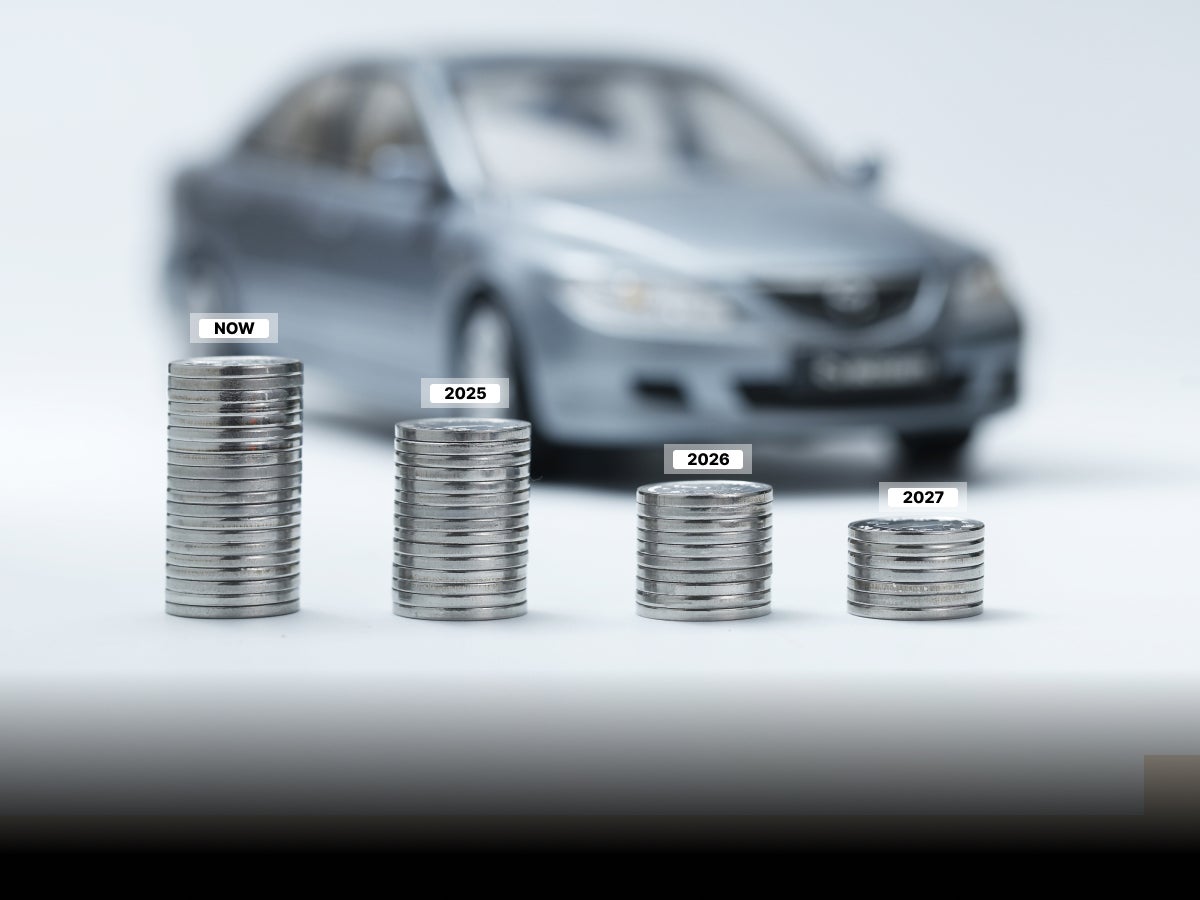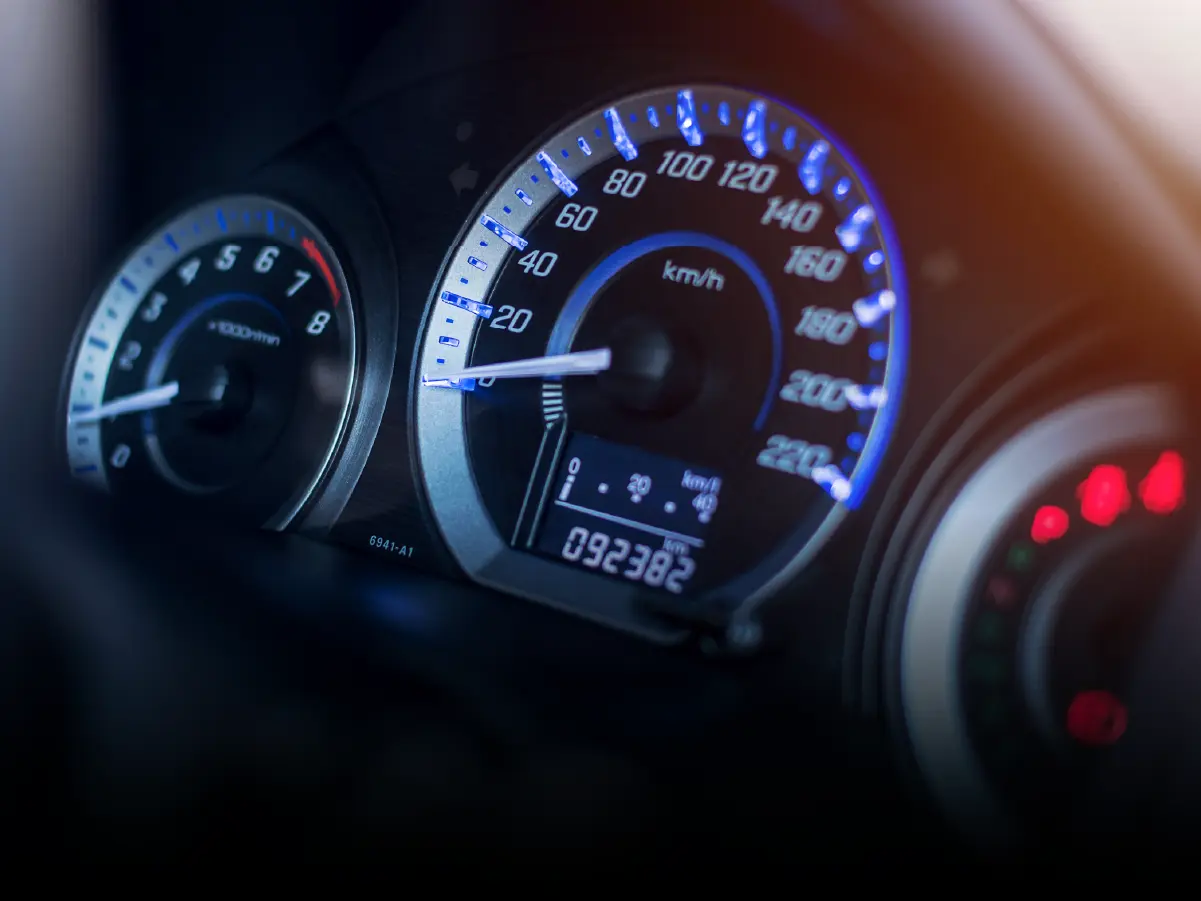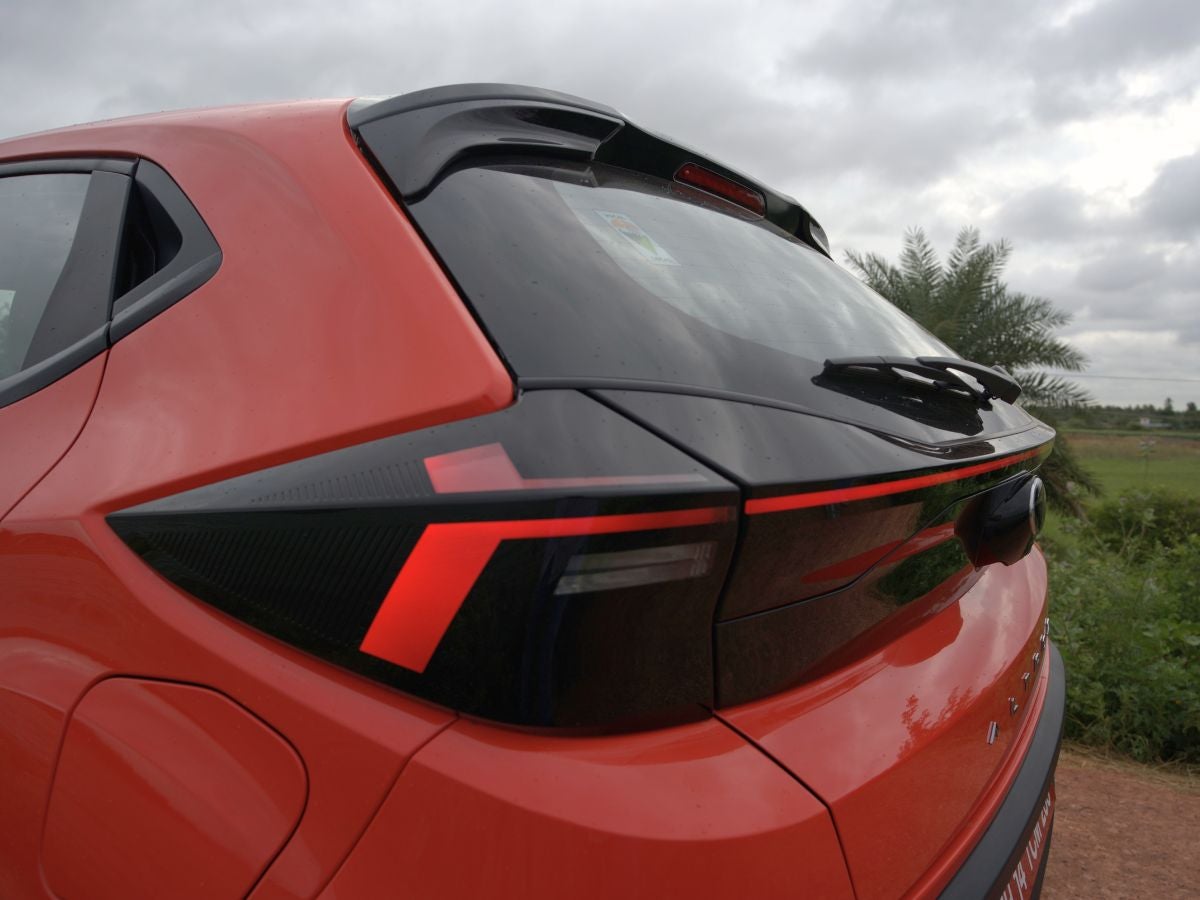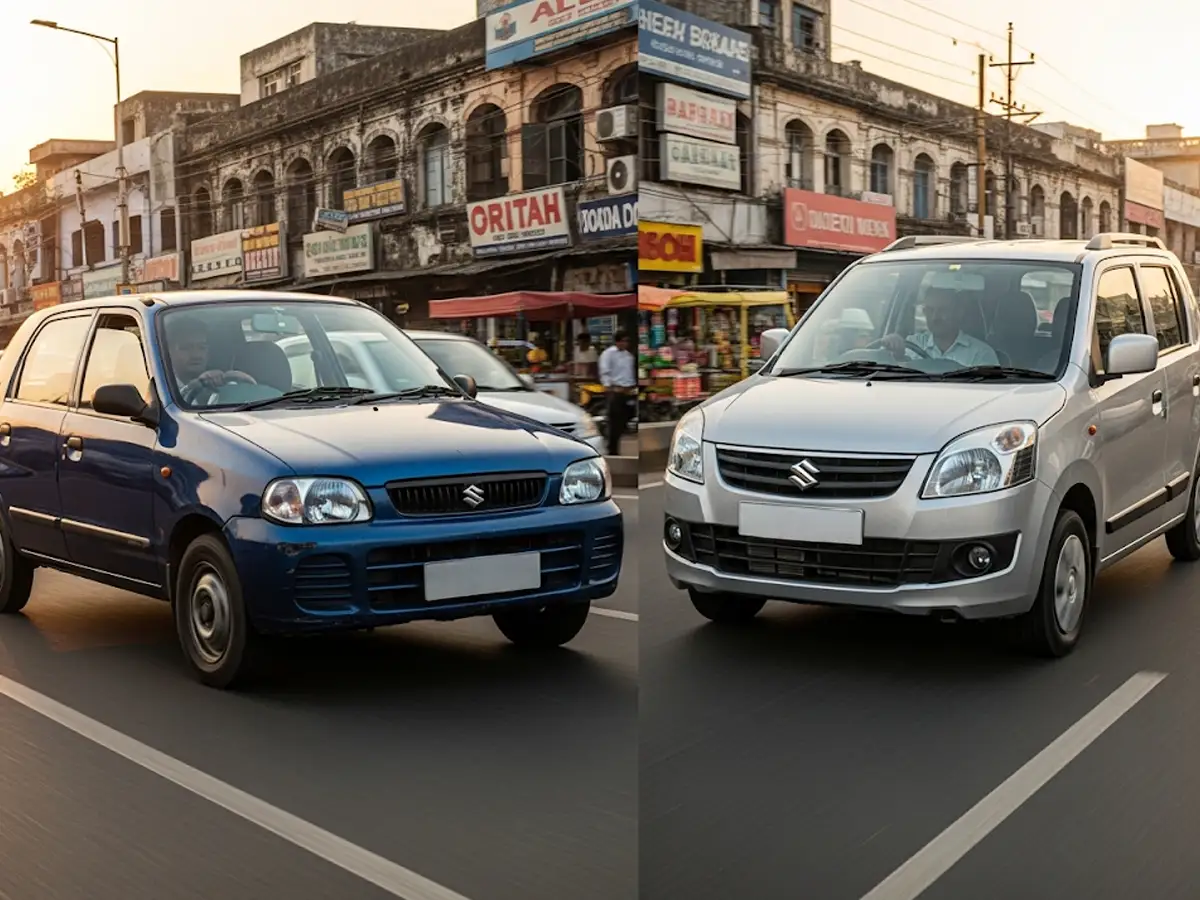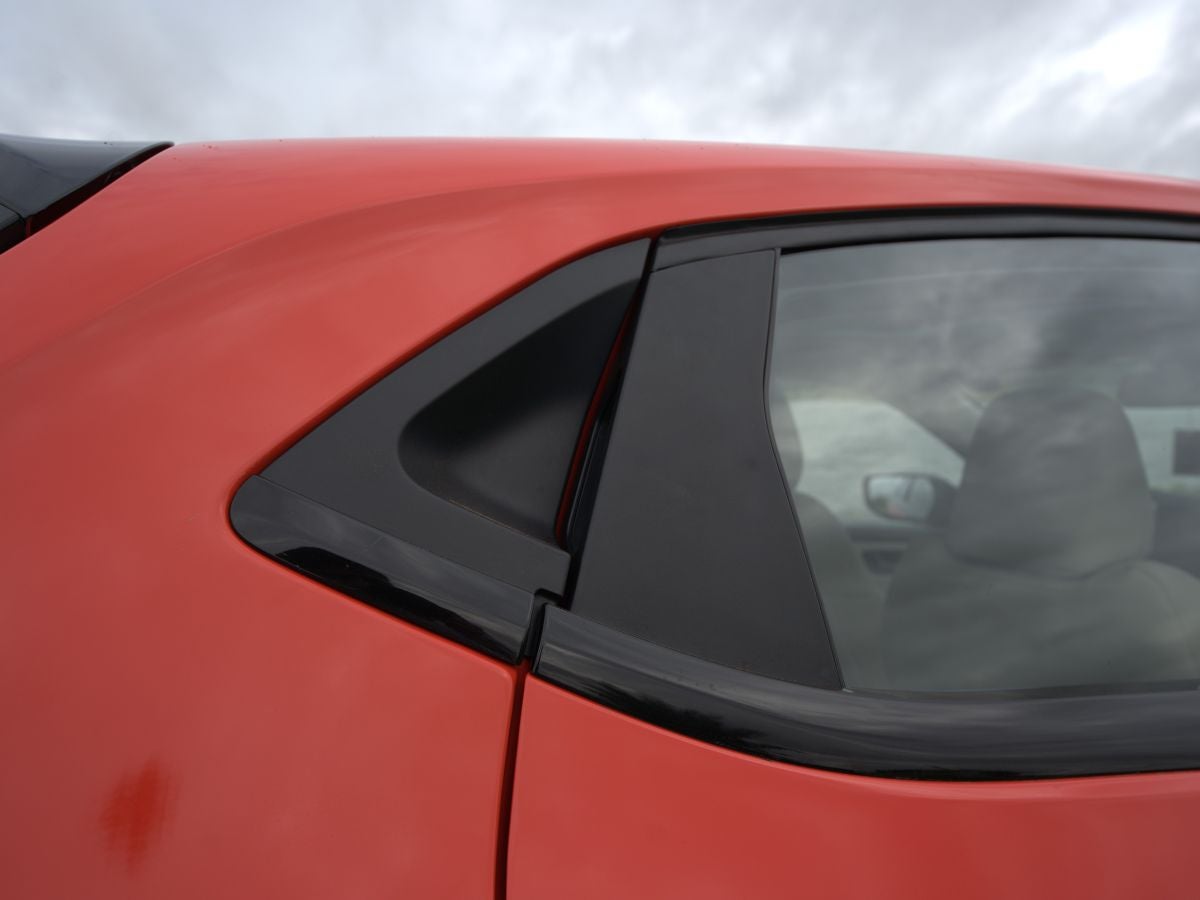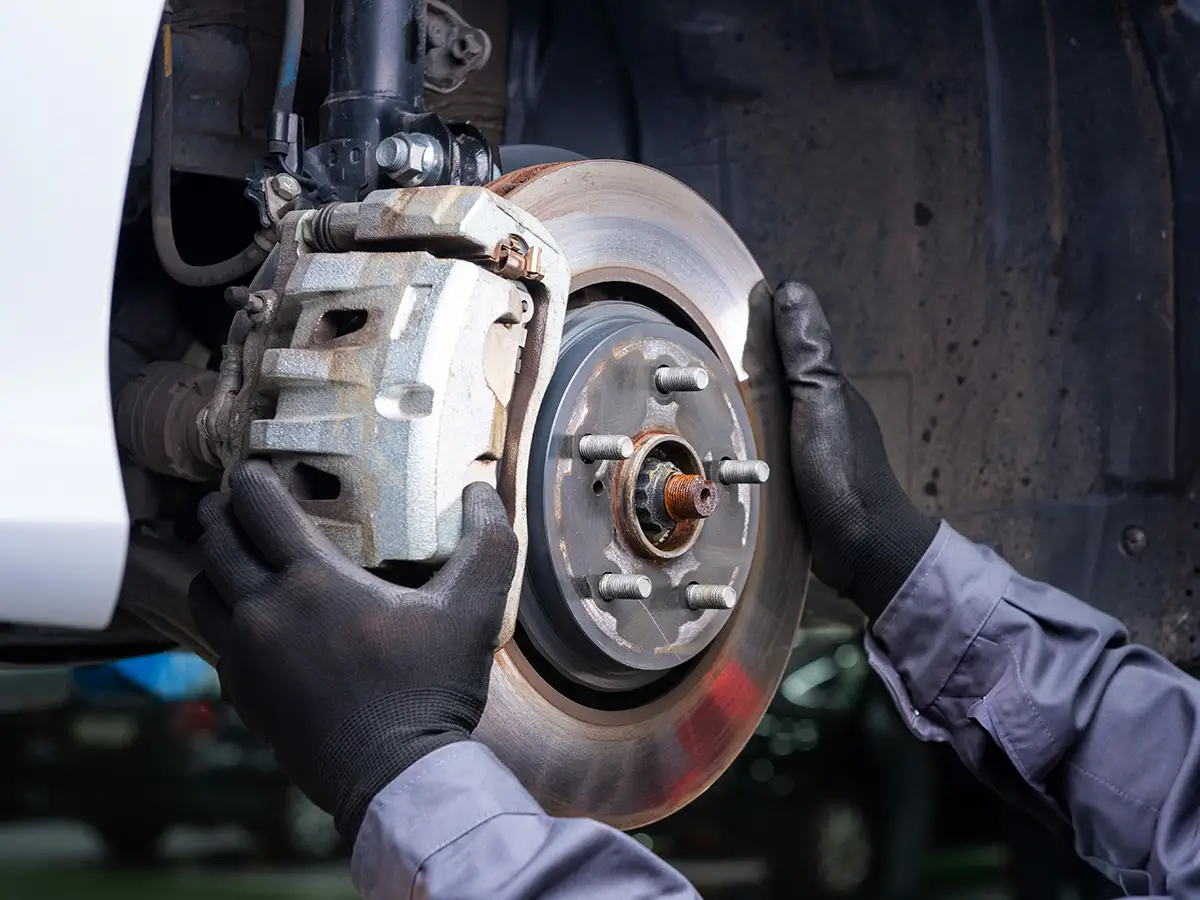

How to Check a Car’s Braking System Before Buying: Avoid Hidden Repair Costs
- 1Brake inspection uncovers hidden safety issues and potential repair risks
- 2Inspect brake pads, discs, and fluid to know the true condition of any used car
- 3PDI guarantees safe braking, reliable performance, and peace of mind before purchase
The most crucial safety feature on any vehicle is the brakes. A malfunctioning braking system can make a pleasant drive hazardous and necessitate expensive repairs. You can avoid unpleasant surprises and maintain your confidence in your purchase by thoroughly inspecting the brakes before purchasing a used car. Making an informed choice and safeguarding your investment are ensured by being able to inspect brake pads, disc fluid, and associated parts. Here, we will go through the inspection of the braking system and understand why it is important and what needs to be checked.
The Importance of Brakes Inspection
It is a well-known fact that the braking system regulates the stopping force and the safety of the occupants. Even small issues can impact a car's stability, lengthen stopping distance, and result in uneven tyre and suspension wear. Brake issues that go unnoticed until they become serious can be costly to fix. Knowing what to look for enables you to spot failing hydraulic components or worn pads that are leaking fluid before they become an issue.
Before starting the inspection, though, make sure the car is level and that the parking brakes are engaged. Choose a quiet location for any dynamic braking tests so you can assess performance risk-free.
Visual Inspection of Brakes
First of all, look under the car and around each wheel for fluid leaks. Any leaking fluid can point to faults and leaks in the vehicle’s system. If the leaks are right under brake callipers or brake lines, it becomes clear that the braking system needs repairs. The colour of brake fluid ranges from light brown to black, and it differs from that of engine coolant. Inspect brake lines and hoses for cracks, swelling or corrosion at fittings.
Checking Brake Pads
After the simple visual check, it's time to start with one of the most important parts of the braking system - the brake pads. In some cars equipped with alloy wheels, you can spot the brake pads in the callipers against the rotors without removing the tyres. Take note of the remaining thickness and search for signs of wear. If the brake pads are extremely thin, it signals that their useful life is coming to an end. A calliper or hydraulic imbalance may be the cause of uneven wear between wheels on the same axle. Understanding pad thickness enables you to bargain for replacement or repairs before purchase.
Inspecting Brake Discs
After inspecting the brake pads, you need to check the health of the car’s brake rotors or discs. Healthy brake discs are smooth and free of deep grooves or heavy rust. Light surface rust is usually removed by pads during normal driving and is not serious. Look for signs of warping or ridges on the disc surface. It is important to check the minimum thickness of the discs that is usually stamped on the component or mentioned in the user manual. Any disc below its minimum thickness value must be replaced.
Brake Pedal And Master Cylinder Tests
Press the pedal several times with the engine off to deplete vacuum assist. Hold the pedal and it should feel firm and stable. A sinking pedal indicates internal leaks. Start the engine and the pedal should drop slightly due to vacuum assist. A pedal that does not drop may point to a failing booster or vacuum hose issue. A spongy pedal can mean air or moisture in the brake lines while a very hard pedal may signal booster problems.
Listening to Brake Noises
Squeals on light braking often indicate wear indicators or glazing. Grinding on every brake application means pads are likely worn to the metal backing, and discs may be damaged. Thumping or shuddering under braking suggests disc thickness variation or uneven pad transfer. Clicking or creaking may point to loose hardware or calliper mounting issues. Record sounds or photographs to discuss with the seller or a mechanic.
Parking Brake Inspection
Test a mechanical handbrake on a small incline for engagement and equal holding. A weak handbrake may indicate seized cables or worn shoes. For an electronic parking brake, check that it engages and releases reliably. Any warning lights or erratic behaviour should be flagged for further professional assessment.
Brake Fluid Health
Brake fluid should be clear to pale amber. Dark brown or black fluid suggests contamination or overdue replacement. Moisture in the fluid lowers the boiling point and can cause brake fade under repeated braking. Many manufacturers recommend checking fluid condition yearly and replacing it every one to two years, depending on usage and climate.
Professional Brake Inspection
There is a limit to what you can check by yourself at home. If tyres are required to be removed for deep inspection of brake callipers, brake pads, access brake disc thickness, fluid line joints, etc., it is only possible with specialised tools and equipment. However, if you opt for a professional car inspection service, all these can be performed without any fuss. Expert car inspectors have years of experience, which makes them ideal for assessing brake system checks, which are one of the most critical systems of a car.
If you prefer a thorough professional inspection, then you can book a Pre Delivery Inspection, which covers all brake checks in detail and ensures you know the exact condition before making a purchase.
Conclusion
A thorough brake inspection safeguards both your financial and personal safety before purchasing a car. Every visual check, pedal test and fluid check gives valuable information about the condition of pads, discs, fluid and hydraulic components. Never disregard warning lights, strange noises, or vibrations. You can drive home a car that is safe, dependable, and free of hidden brake issues by combining careful observation with a professional pre-purchase inspection.
Frequently Asked Questions
Expand all









